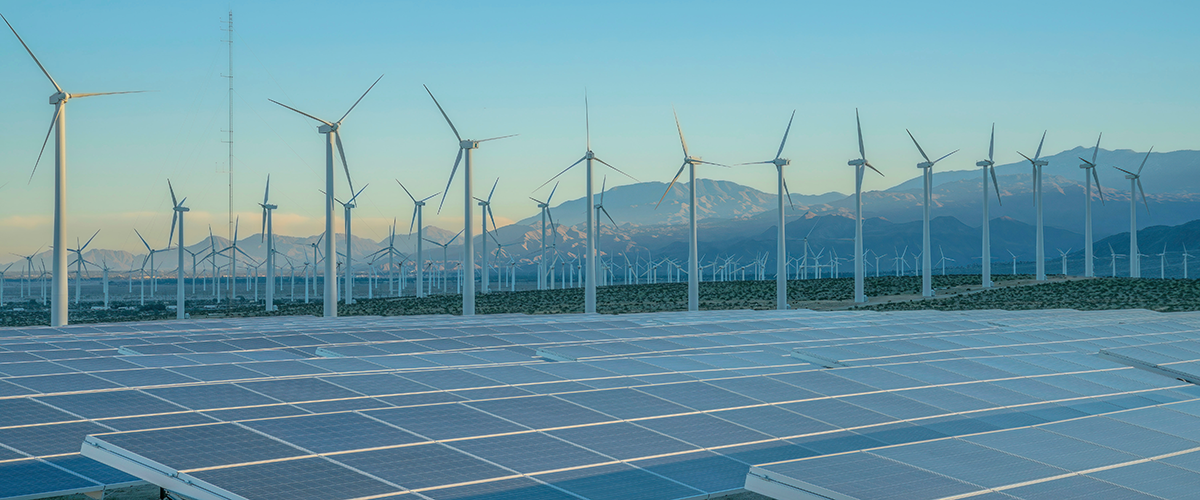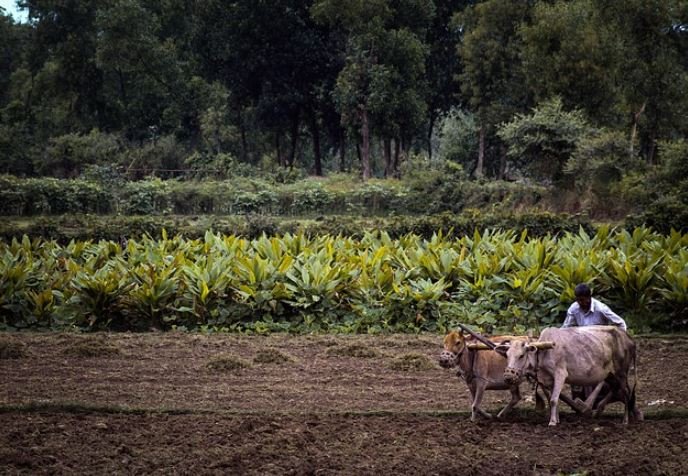Chad is a landlocked country in Central Africa, with deserts in the north, savannahs in the south, and Lake Chad in the west.
It has many natural resources, with oil being the top resource since production began in 2003, mostly from the southern Doha Basin.
The country also has gold in the southwest and natron near Lake Chad and Borkou. Other minerals like uranium, titanium, and bauxite have been discovered but not developed.
Farming is also notable, but only 4% of the land is used for crops like cotton and peanuts. Even with its resources, Chad struggles with weak infrastructure, corruption, and climate issues.
Oil leads exports, but there are efforts to include gold and farm products. Resources help grow the economy, but they do little to cut poverty. Around 40% of people in the country still live in extreme poverty.
Chad’s Natural Resources And Their Locations
Here are the natural resources that have been found in Chad, including their locations:
| Natural Resources | Locations |
|---|---|
| Oil | North of Lake Chad, Doha Basin |
| Gold | Southwestern Chad |
| Natron (Sodium Carbonate) | Lake Chad and Borkou areas |
| Uranium | Potential deposits in the Ennedi Massif |
| Titanium | Areas in the Tibesti Mountains |
| Bauxite | Potential reserves in the central and southern regions |
| Arable Land | Southern Chad, Sahelian Zone |
| Cotton | Southern Chad |
| Livestock | Sahelian Zone |
Discoveries Of Chad’s Natural Resources
Natron (sodium carbonate) has long been one of the most valuable resources extracted in Chad. Found in the Lake Chad and Borkou regions, it has been used for centuries in soap-making and as a preservative.
Its extraction dates back to ancient times. The Chad Basin has supported agriculture for over 2,000 years, with evidence of early farming near Lake Chad.
Archaeological findings suggest that wild grasses and domesticated pearl millet were cultivated as early as 1200–1000 BC.
Oil exploration in Chad began in the 1960s, though major discoveries came later. In 1985, Exxon-led consortia identified large oil deposits near Doba in southern Chad.
Commercial oil production, however, didn’t start until the early 2000s, with production beginning in 2003, following increased exploration.
Oil production is the most significant discovery in Chad in recent years. The Doba Basin in southern Chad is the main area for oil extraction.
Gold has also become an emerging resource, particularly in the southwest. While not as developed as oil production, gold mining represents a growing sector in Chad’s economy. Chad also has potential reserves of uranium, titanium, and bauxite.
READ ALSO: Libya’s Natural Resources: Locations, Discoveries, Viability, Export Potential, And Economic Impact
Viability of Chad Resource Exploitation
Oil is Chad’s most valuable resource, produced in the Doba Basin. As of 2021, the country had around 1.5 billion barrels of proven oil reserves, with daily production reaching approximately 20,000 barrels through a refinery built in partnership with the China National Petroleum Corporation.
However, oil production has been declining since its peak of 172,000 barrels per day in 2005, now averaging 123,000 barrels. Additionally, the Chad-Cameroon pipeline, essential for exports, adds substantial transportation costs.
Political instability, including governance challenges and licensing disputes, such as Glencore losing its exploration license, also complicates long-term investments.
Despite these challenges, there are opportunities which could improve export efficiency and potential oil fields near Bongor that, if developed, could help offset declining production.
Gold mining is an emerging industry in Chad, found in the southwestern regions. Most mining is done on a small scale, with artisanal methods dominating production. The sector faces challenges like the lack of industrial-scale mining infrastructure and weak regulations, which limit revenue.
However, with the right investments and governance reforms, gold mining has the potential to attract foreign investors and boost exports.
Agriculture is the backbone of Chad’s economy, employing over 80% of the population. Yet, only about 4% of the land is arable due to desertification and poor irrigation systems. Land degradation and water scarcity impact crop and livestock production.
Expanding irrigation and introducing climate-resilient crops could improve agricultural productivity and help mitigate the effects of climate change. Lake Chad, essential for agriculture, fishing, and consumption, has shrunk by over 90% since the 1960s.
Export Potential Of Chad Resource Exploitation
Chad’s economy relies on the export of natural resources, with oil being the primary commodity. The country’s oil exports mainly go to markets in the United Arab Emirates, China, and Europe, and oil accounts for more than 90% of export earnings.
Other exports include gold, gum arabic, and sesame, with gold becoming an increasingly important secondary export due to its deposits in southwestern Chad.
Despite the reliance on oil, the need to diversify into other sectors is becoming more pressing, especially given the volatility of global oil prices.
Oil, which is primarily produced in the Doba Basin, is Chad’s main export. However, high transportation costs, particularly from the Chad-Cameroon pipeline, and declining production levels pose significant challenges.
Improving infrastructure could help reduce these costs and improve export efficiency. Gold mining is a growing sector with potential for further development. However, the lack of infrastructure and regulatory challenges hinder larger-scale mining.
Addressing governance issues and investing in infrastructure could unlock new opportunities for gold exports and other minerals, like uranium and titanium, which are underexplored.
There are several opportunities for diversifying Chad’s exports. Exporting value-added agricultural products, such as processed meats and packaged crops, could increase revenue.
Additionally, products like spirulina, moringa, and hibiscus are in high demand for their health benefits and could provide access to niche markets.
Chad could also benefit from participating in regional trade agreements like the African Continental Free Trade Area to reduce trade barriers and expand its export markets.
READ ALSO: Gabon’s Natural Resources: Locations, Discoveries, Viability, Export Potential, And Economic Impact
Economic Impact Of Chad Resource Exploitation
Oil production is a key factor in the country’s economic growth and plays a big part in its national development.
Economic Contributions
Oil has been the main driver of Chad’s GDP growth. Since the start of commercial oil production in 2003, Chad’s GDP per capita has seen a significant rise, from about $205 in 2001 to roughly $750 by 2010.
Oil is also Chad’s largest export, accounting for more than 90% of the country’s export revenue. Additionally, oil revenues make up around 70% of the government’s income. This money is used for funding public services and infrastructure projects, helping the country to develop.
Impact On Poverty And Wellbeing
Despite the oil wealth, Chad continues to struggle with high poverty rates. As of 2023, the poverty rate in Chad is reported at 34.5%, affecting approximately 6.3 million people. This rate is 6.4 percentage points lower than the average for low-income African countries.
While oil money has improved living standards in some areas, it hasn’t led to a broad reduction in poverty across the country.
Improvements in well-being have been seen in regions where oil revenues are most concentrated. However, these benefits are limited to certain areas, and many parts of Chad have not experienced the same level of improvement.

